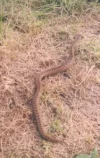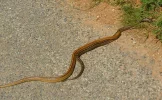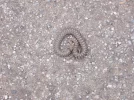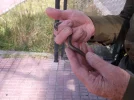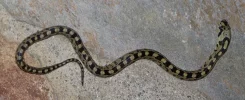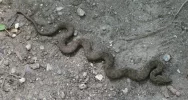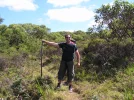- Time of past OR future Camino
- Many, various, and continuing.
A Swiss hospitalera this week in Otur (just outside of Luarca) was bitten by a poisonous snake while gardening. She´s been released from hospital and will return home to Basel next week.
And the very same day I see this news item: a Czech pilgrim was bitten by a viper last week near Llanes! http://www.lne.es/centro/2012/08/06/camino-santiago-envenenado/1280677.html
These are the very first reports I have heard of snakebites on any camino... and on the same day. No reason to run away screaming, but be careful out there, people!
Reb
And the very same day I see this news item: a Czech pilgrim was bitten by a viper last week near Llanes! http://www.lne.es/centro/2012/08/06/camino-santiago-envenenado/1280677.html
These are the very first reports I have heard of snakebites on any camino... and on the same day. No reason to run away screaming, but be careful out there, people!
Reb







